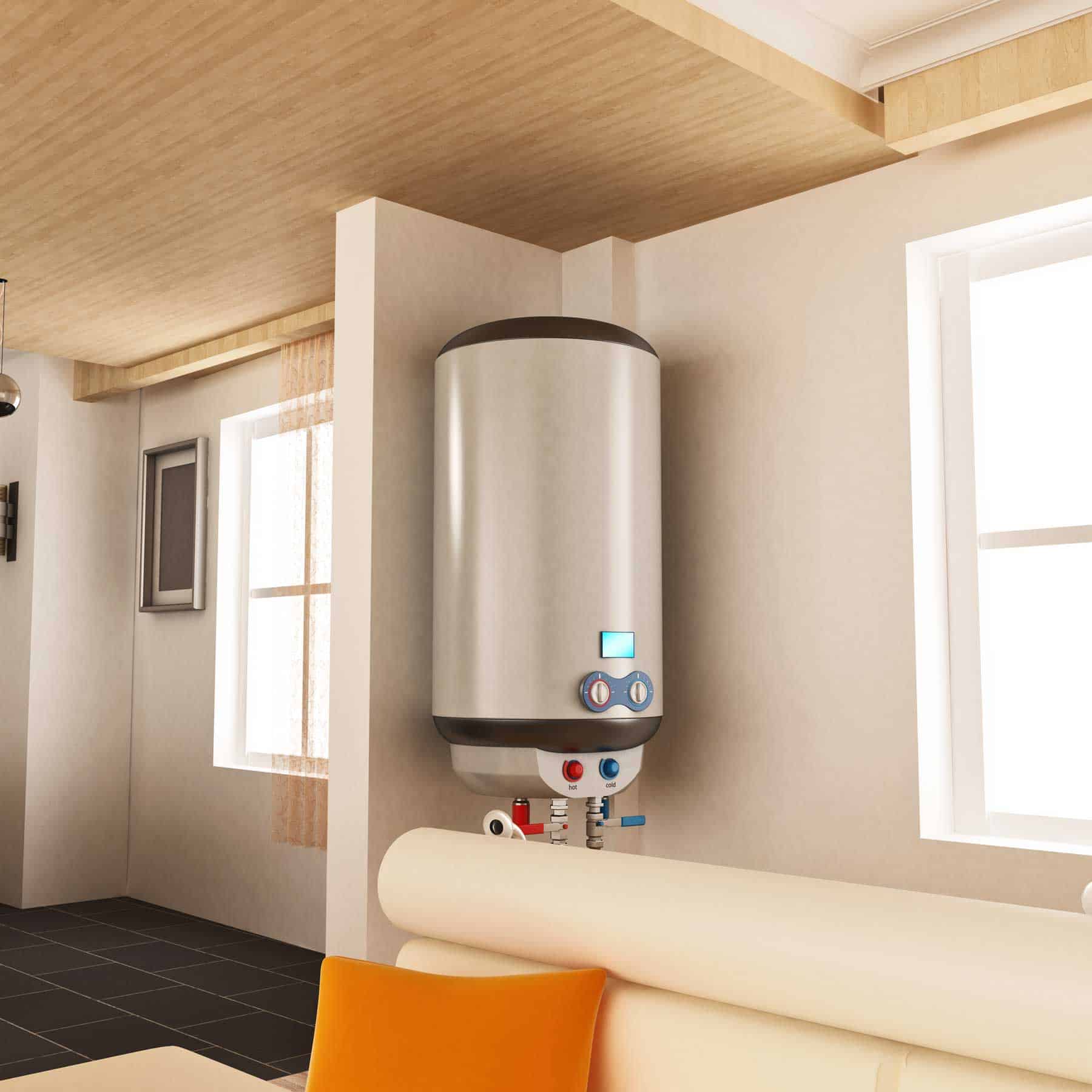Maintaining Your Home's Hot Water System: Key GuidelinesTips on How to Keep Your Home's Hot Water System in Good Condition
Maintaining Your Home's Hot Water System: Key GuidelinesTips on How to Keep Your Home's Hot Water System in Good Condition
Blog Article
Were you looking for content concerning Tips For Maintaining Your Hot Water Heater?

Warm water is necessary for day-to-day convenience, whether it's for a revitalizing shower or cleaning recipes. To ensure your warm water system runs efficiently and lasts longer, routine upkeep is vital. This article offers functional pointers and understandings on exactly how to preserve your home's hot water system to prevent interruptions and expensive fixings.
Intro
Preserving your home's warm water system could appear daunting, yet with a couple of simple steps, you can ensure it operates efficiently for several years to find. This guide covers everything from recognizing your warm water system to DIY maintenance tips and understanding when to contact professional help.
Relevance of Preserving Your Hot Water System
Regular upkeep not just extends the life-span of your hot water system but additionally guarantees it operates efficiently. Neglecting upkeep can cause reduced efficiency, greater power costs, and even premature failing of the system.
Indications Your Hot Water System Needs Upkeep
Understanding when your hot water system requires interest can avoid significant problems. Look out for indicators such as irregular water temperature, unusual noises from the heating system, or rustic water.
Understanding Your Warm Water System
Before diving into upkeep jobs, it's handy to recognize the fundamental parts of your hot water system. Generally, this includes the hot water heater itself, pipelines, anode rods, and temperature controls.
Month-to-month Upkeep Tasks
Regular month-to-month checks can aid catch minor concerns before they escalate.
Purging the Hot Water Heater
Flushing your hot water heater eliminates sediment build-up, enhancing effectiveness and prolonging its life.
Checking and Changing Anode Rods
Anode rods protect against corrosion inside the container. Evaluating and changing them when worn is critical.
Inspecting and Changing Temperature Level Settings
Readjusting the temperature setups makes certain ideal efficiency and safety.
DIY Tips for Upkeep
You can execute several upkeep jobs yourself to keep your hot water system in leading condition.
Looking for Leakages
Routinely evaluate pipes and links for leakages, as these can lead to water damage and greater bills.
Evaluating Stress Alleviation Valves
Evaluating the stress safety valve ensures it works properly and protects against excessive pressure build-up.
Shielding Pipes
Protecting warm water pipelines reduces heat loss and can conserve energy.
When to Call a Specialist
While DIY maintenance is valuable, some problems call for professional know-how.
Complex Problems Calling For Professional Assistance
Instances include major leakages, electric problems, or if your hot water heater is continually underperforming.
Routine Expert Upkeep Benefits
Expert upkeep can consist of comprehensive evaluations, tune-ups, and making sure conformity with safety criteria.
Final thought
Normal upkeep of your home's hot water system is vital for performance, longevity, and cost savings. By following these suggestions and knowing when to seek professional help, you can ensure a dependable supply of hot water without unexpected disruptions.
How to Maintain an Instant Hot Water Heater
Before tinkering with your hot water heater, make sure that it’s not powered on. You also have to turn off the main circuit breaker and shut off the main gas line to prevent accidents. Also turn off the water valves connected to your unit to prevent water from flowing into and out of the appliance. 2. When you’re done, you have to detach the purge valves’ caps. These look like the letter “T” and are situated on either side of the water valves. Doing so will release any pressure that has accumulated inside the valves while at the same time avoid hot water from shooting out and burning your skin. 3. When the purge valves’ caps are removed, you have to connect your hosing lines to the valves. Your unit should have come with three hoses but if it didn’t, you can purchase these things from any hardware or home repair shops. You can also get them from retail stores that sell water heating systems. Read the user’s manual and follow it to complete this task properly. When the hosing lines are connected, open the purge port’s valves. 4. You should never use harsh chemical cleaners or solutions when cleaning your unit. Make use of white vinegar instead. It should be undiluted and you’ll probably use about 2 gallons. 5. Now flush your water heater. This task should probably take about 40 minutes. We can’t give you specific directions for this because the procedure is carried out depending on the type, model and brand of your heater. With that being said, refer to the user’s manual. 6. When you’re done draining the unit, you have to turn off the purge port valves again. Remove the hosing lines that you earlier installed on each of the water valves. Put the valve caps (purge port) back in their respective places and be very careful so as not to damage the rubber discs that are found inside these caps. 7. Now that everything’s back in place, check your user’s manual again to find out how to reactivate your water heating system. 8. Once it is working, turn one of your hot water faucets on just to let air pass through the heater’s water supply pipes. Leave the tap on until water flows smoothly out of it. https://www.orrplumbing.com/blog/2014/september/how-to-maintain-an-instant-hot-water-heater/

I recently found that piece of writing about Tips For Maintaining Your Hot Water Heater while doing a search on the search engines. Are you aware of anybody else who is fascinated with How to Maintain a Hot Water Heater in a Few Simple Steps? Take a moment to promote it. Many thanks for your time. Kindly come visit our blog back soon.
Click Here Report this page